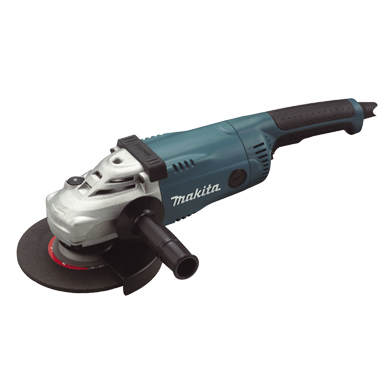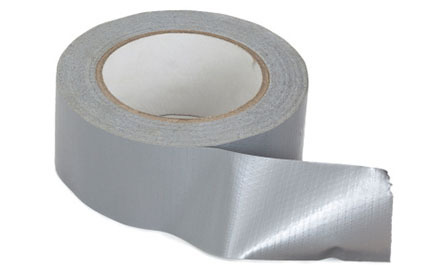Pnutapper
Well-Known Member
Stainless is a prick that way in that once it wants to pick up, you're basically snookered and efforts made to remove the nut compound the problem.
Penetrene - won't work, very effective on corroded nuts but not on bound stainless
Heat - worth a shot but not common practice that I have seen on stainless threads. If you don't have an oxy or similar don't go to extraordinary lengths to get one, as it probably won't work.
First option is to give it more force - put a bar on the spanner and use all your might to try and remove it. You'll damage the thread, but chances are if it's tapered you might be able to get away with it. Obviously tap the thread out after you're done.
If you absolutely must remove the component then the option is limited to cutting the nipple, grinding out the remaining nipple with a die grinder until you can see the female part of the thread, then manually trying to remove the thread remnants from the nipple. This will be frustrating and laborious and not guaranteed to work depending on how fused the threads are. This will certainly damage the thread in part and you'll need to run a tap through it with liberal cutting fluid.
Personally, I would cut out the bound socket and weld in a new one. $20 for the socket and a few hours' labour for a welder.
.
Thank you... This all seems like sound advice, it appears that you have had some experience with this type of buggerance.
The nipple is tapered, and as you say you can get away with force, I did for 23 of the 24 fittings. I have tried a breaker bar, and I don't think any amount of force will achieve anything for this last one. (Except to possibly rip the framework out of the floor.)
Your second option is something I have considered but I suspect that your words "This will be frustrating and laborious and not guaranteed to work" are very true. This option in the long run is also likely to end up more exxy than your third option.
Soooo.... Option 3 is my get out of jail plan now if the heat thing doesn't work. Just need to find a contractor that is capable of this type of thing. My own welding skills are not up to the task.
P.S. The rep for the Loctite food grade anti seize product claims it to be safe in brewing environs. If any one is interested, I will report back once I can reintroduce beer to the manifold. This equipment is a distribution manifold for the finished product, and not a brewery as such.







